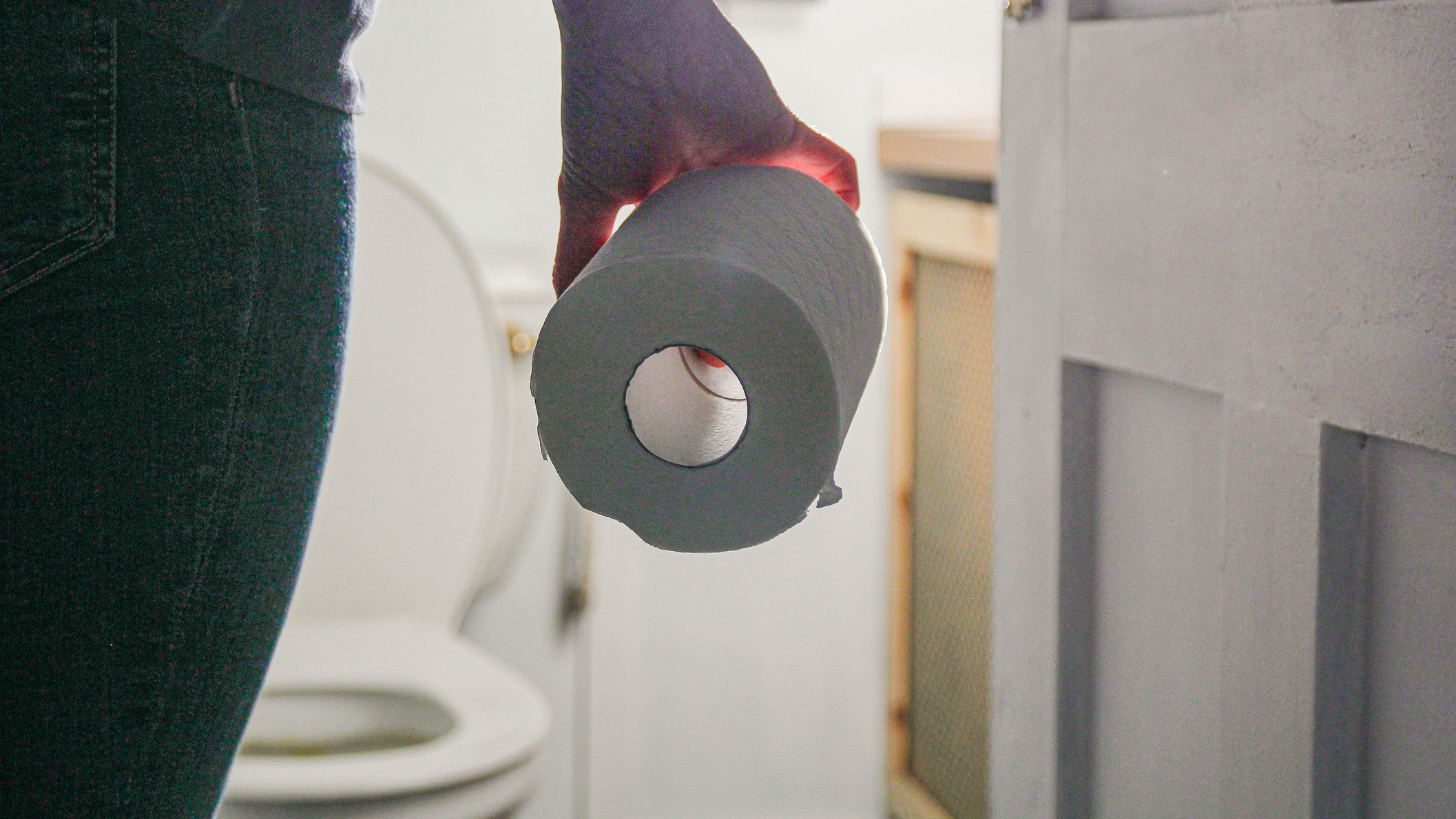
Bit by bit, scientists are unraveling the mysteries of gut health, and the more we learn, the more we realize how much the microorganisms living in our guts are responsible for, affecting things ranging from mood to skin health to hormone production.
Two people who have experienced the science firsthand are Alana and Lisa Macfarlane, who participated in the TwinsUK study and discovered that despite being twins, their gut microbiota were substantially different.
They went on to create The Gut Stuff to demystify the topic and help people improve their gut health. They’ve also authored books, presented tummy-churning TV and launched a 100-day app-based program.
I spoke to Alana Macfarlane, who shared her top three tips for improving your gut health, but cautioned that you shouldn't expect things to change overnight.
“Unfortunately, with gut health, there is no quick fix,” says Macfarlane. “It's simple swaps and habits over a long period.”
1. Get to know your poo
Using something called the Bristol stool chart, you should be regularly checking to see what your bowel movements look like.
“We should all be about a three or a four,” says Macfarlane. “I think the poo taboo is real and it's time that we banished it because your poo is a brilliant indicator of your gut health.”

Knowing what a normal bowel movement looks like for you can be helpful to flag when something's amiss with your digestive system. If you keep a food diary as well, you may begin to notice trends or be able to identify foods that trigger certain changes.
Macfarlane adds that there are red flags you should be looking out for too, like blood in your stool, which may indicate a medical issue that you should raise with a healthcare professional.
2. Eat more fiber
Prebiotic fiber is the food the community of microorganisms that make up our gut microbiome eat. “If you're not feeding these bugs, they're not doing their jobs,” says Macfarlane.
The gut microbiome is what helps us to digest our food and extract vital nutrients, breaking them down into their fundamental parts so they can be absorbed into our bodies and used, so it’s important to keep them well-fed.
However, 95% of Americans do not hit the recommended intake of 25-30g of fiber a day.
“We're all having fiber, we're just not getting enough,” says Macfarlane. Thankfully, there are some simple swaps you can make to increase your fiber intake gradually. Replacing white pasta, rice and bread for wholegrain options is a great place to start. For example, white bread contains 2.7g of fiber per 100g, compared with 6g of fiber in whole wheat bread: more than double the fiber.
“If you have an issue like IBS or IBD, you have to speak to your clinician about fiber because it can affect people in different ways. You might need to start slow and work your way up to a higher amount,” says Macfarlane.

3. Drink more water
“We all know we need to drink more water, but none of us get enough,” says Macfarlane. Fiber binds with water, adding bulk to your stool, which is why it’s important to ensure you’re drinking lots of water with your fiber to avoid constipation. If you don’t, the fiber has nothing to flush it through your digestive system, which is why those hard stools are so difficult to pass.







